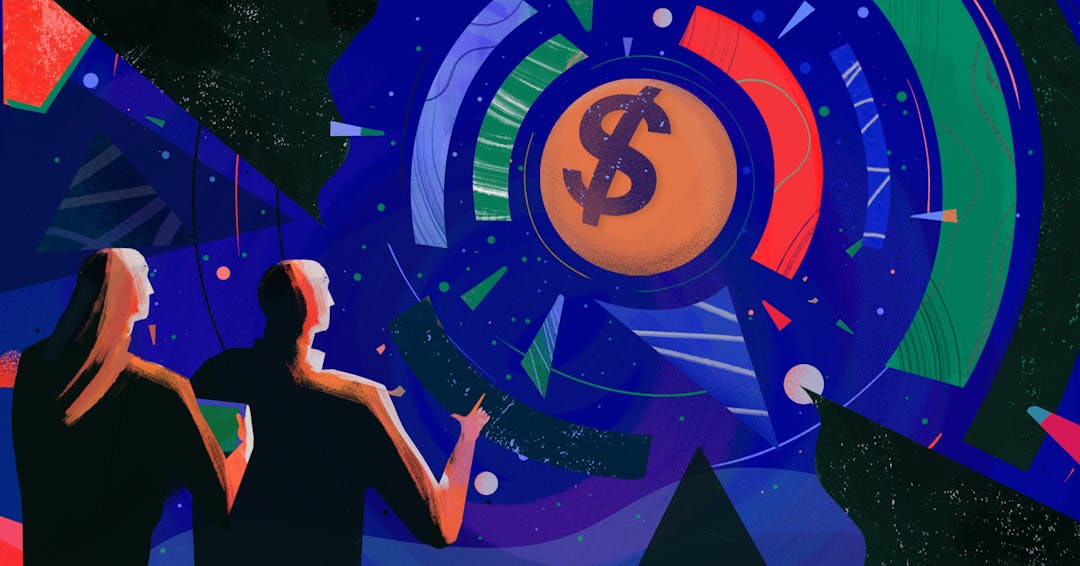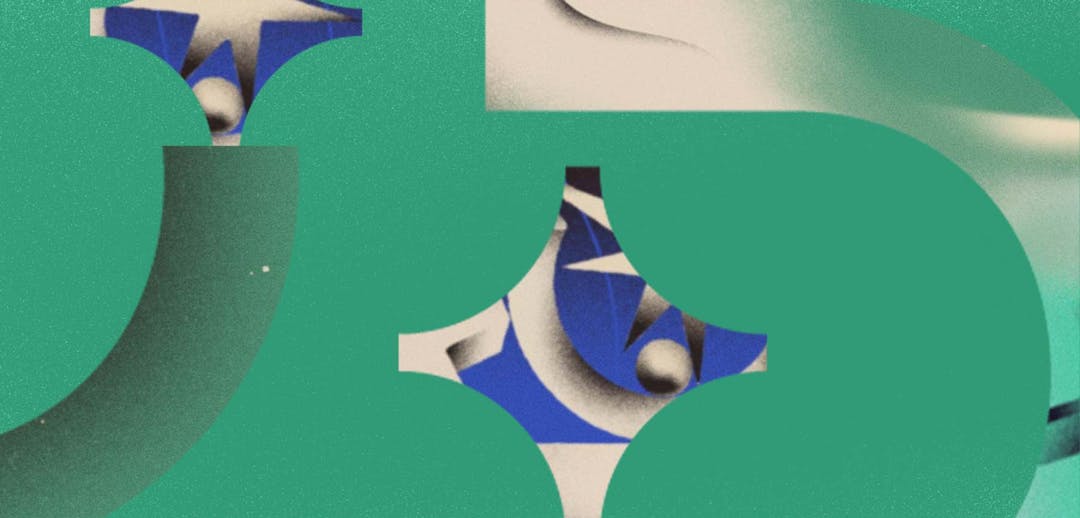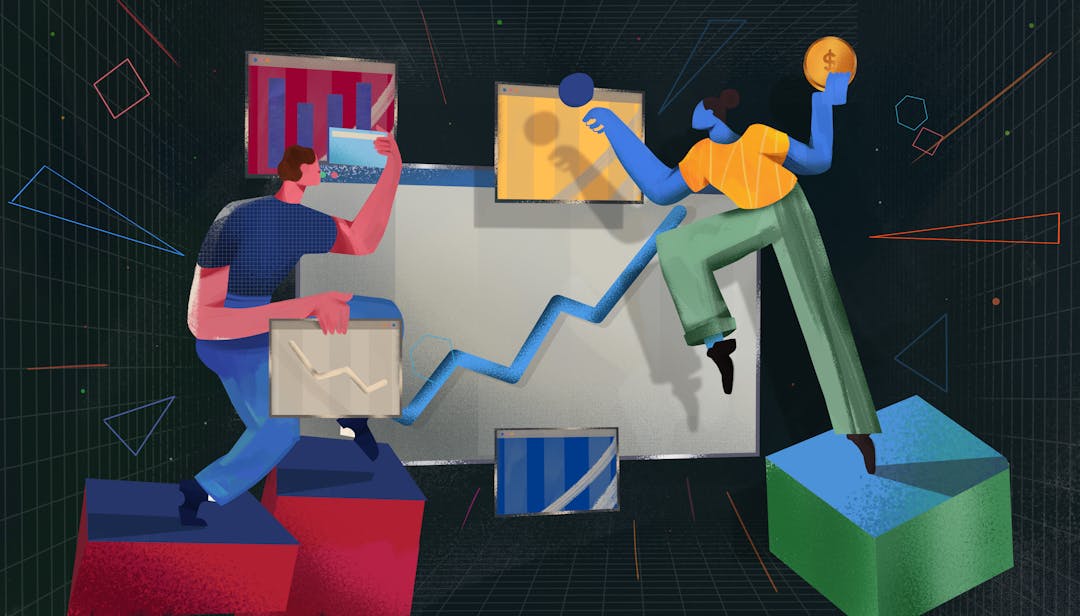Everything you need to build and implement a solid customer acquisition strategy for your SaaS business. Attract the right customers, price competitively, and convert them into users with a seamless checkout and onboarding experience.
Successful SaaS businesses implement SaaS growth strategies across customer acquisition, retention, and expansion. They learn how to:
- Acquire more of the right customers
- Retain them for longer
- And expand their accounts or broaden the pool of customers they can serve.
This guide is all about part one of that journey, customer acquisition.
Consistently acquiring new customers is crucial for all SaaS businesses. For new startups, it’s the difference between claiming a stake in the market and fading into the background. Here's a rundown of the core considerations and requirements for succeeding with your customer acquisition strategy. But first, a quick definition.
What is customer acquisition?
Customer acquisition is the process of gaining new customers. Acquisition is one of the most popular growth levers because it is the most immediate way to grow your customer base. It covers the new-business part of your go-to-market strategy, like where and how you market your product, and how you shape your pricing strategy. It also covers how you drive the conversion of prospects in your buying cycle, or turn non-paying users into customers.
Customer acquisition is a finicky growth strategy because it gets harder and more expensive as your customer base grows and your potential, untapped market shrinks.
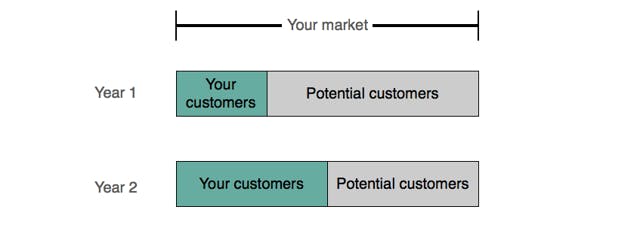
Additionally, acquisition only refers to the act of getting a customer to join. Effort is shuttled into the signup event, but often not beyond. That means that acquired customers may discontinue (churn) at any point. If these customers were acquired by brute force acquisition techniques and aren't actually interested in your product for long-term use, they're more likely to churn. You'll have to be extra careful with your marketing efforts, to make sure you are reaching potential customers with profitable lifetime value.
When your acquired customers churn out, you'll have to replace that lost revenue in order to grow. If you're planning on acquiring more new customers to replace lost ones, you'll be pulling from that ever-diminishing potential market. This will leave you feeling like you're trying to fill a leaky bucket with a limited water supply.
What is a customer acquisition strategy?
A customer acquisition strategy is the plan of action and all the tools a brand needs to attract new customers and convert them to paying customers. Using data, you can identify key consumer behaviors and available marketing opportunities. The information guides on the marketing channels you need to reach them. The right strategy can deliver a smooth customer experience leading to referrals and word-of-mouth marketing.
Why is customer acquisition essential?
You need loyal customers to grow your revenue. So, the number one benefit of effective customer acquisition is increasing your customer base and profits. Also, acquisition efforts are key in developing and maintaining strong brand awareness. In addition, business growth and expansion depend on acquiring new customers.
Is customer acquisition an effective growth strategy?
The SaaS community is obsessed with acquisition. We talk about it a lot. By studying 25,679 blog posts—to see what the SaaS community is interested in—we found that nearly 8 out of every 10 posts were about acquisition.
But even though acquisition is a vital growth lever, it is often overplayed at the expense of other growth opportunities. Retaining customers (getting them to continue using your product) and monetizing customers (improving the way you earn revenue by upselling or improving customer LTV) are other important and hugely effective ways to grow your SaaS business.
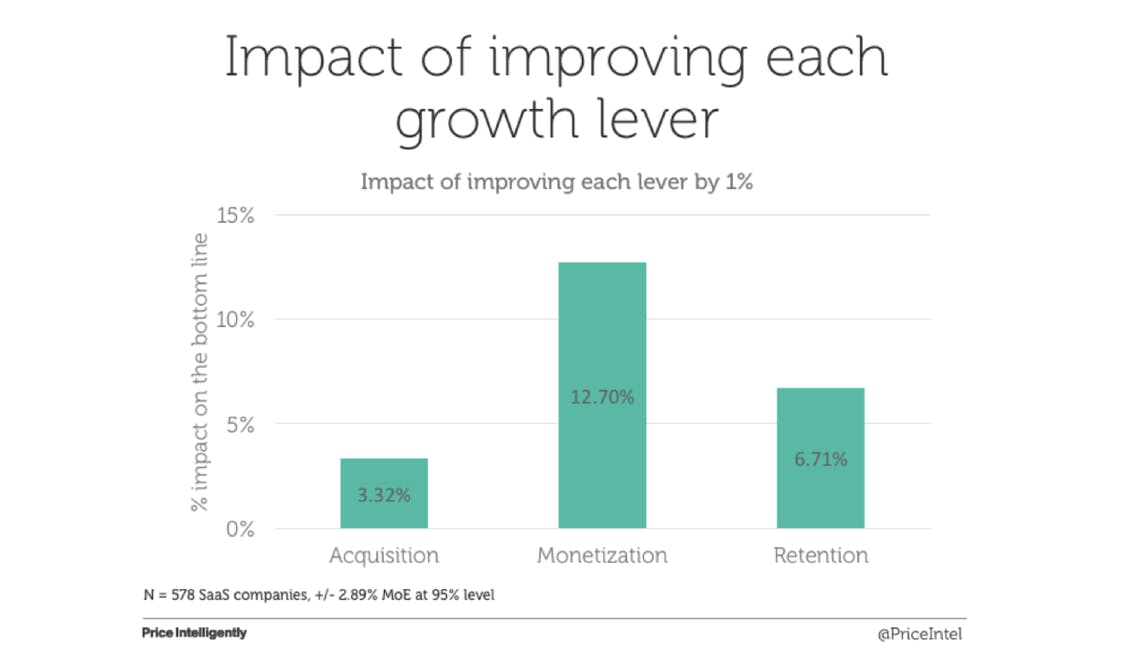
A 1% improvement in customer acquisition results in a 3.32% increase in bottom-line revenue. Meanwhile, a 1% improvement in customer retention results in 6.71% bottom-line improvement. Improving monetization by 1% results in a 12.70% increase in your bottom-line revenue.
Customer retention and monetization cannot be overlooked when you're building and expanding a SaaS company, so monetization and retention analysis should be used in tandem with acquisition strategies to achieve maximum growth.
When is customer acquisition important?
Though acquisition is important throughout all stages of growing a SaaS company, it's most important at the beginning when you can't take advantage of other growth levers like retention and monetization.
In the early stages, you can give acquisition a little more attention. It's especially essential because at this point you need to focus on acquiring the right first-time customers and developing sustainable acquisition strategies. These early strategies will compound and iterate as your business grows. Setting up a good foundation of early customers will make acquisition, retention, and monetization easier later on.
According to SaaS VC Jason Lemkin, the first 10 unaffiliated conversions is an early indicator that your SaaS company will be successful. This is because these first early adopters have all come to the conclusion on their own that your product solves their problems. Your first conversions give you validation that your problem/solution fit is a viable business idea.
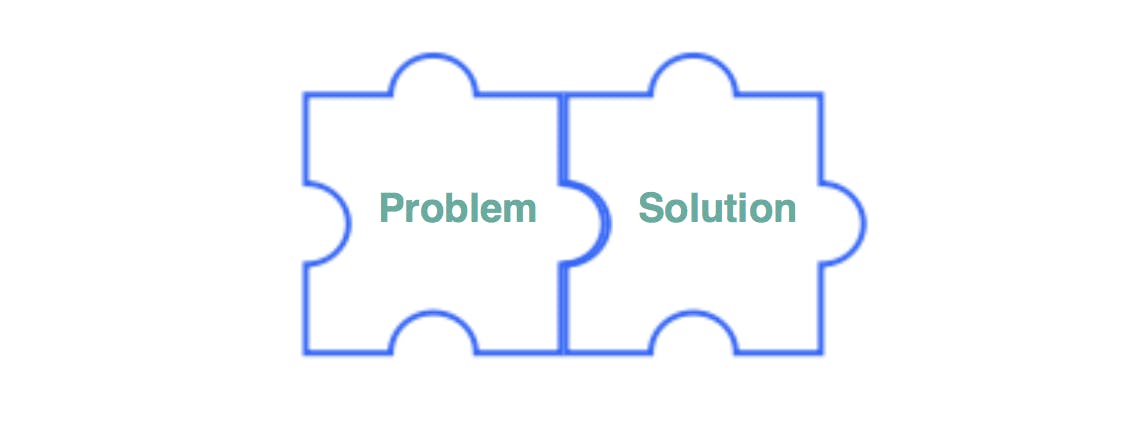
These early acquisitions are important in their own right, but they also provide a valuable learning opportunity to set your business up for future success. It's important at this stage to measure the lead generation channels and demographics (company type, job title, age range, etc.) of your acquired customers. By recognizing early patterns, you can develop an idea of your target audience to create a strong long-term acquisition strategy.
Understanding your market, even in these early stages, will also help you retain and monetize customers because you'll better understand what value propositions are important to them.
What are the costs of customer acquisition?
Customer acquisition is important to your SaaS company and should be used strategically—but focusing too much on acquisition has high costs.
Here is a video that explains CAC Payback and important benchmarks, originally created for Paddle Studios:
Takes focus away from other, cheaper growth methods
On a qualitative level, a blind focus on acquiring logos prevents you from focusing on more sustainable growth methods. Acquisition is the SaaS growth equivalent of using a sledge hammer—it often isn't precise or strategic, and you don't have that many chances to do it effectively.
The most reliable way to grow your business steadily and over a long period of time is by identifying and capitalizing on the value that your customers want from your product. This happens by talking to your customers, collecting data on your market, and analyzing the data for patterns about what your customers value and what they're willing to pay.
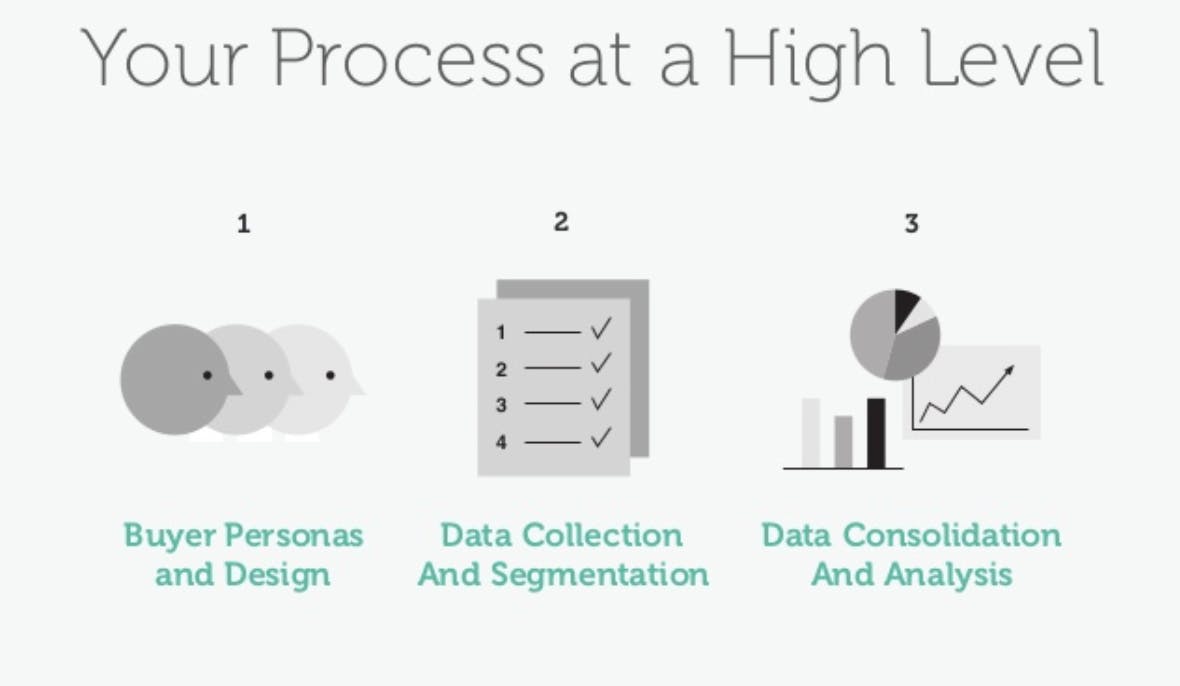
This is how you'll redesign your pricing strategy to better monetize your customers.
Depend too much on acquisition
On a quantitative level, focusing too much on your customer acquisition process can lead to your company becoming a “CAC fiend.” Customer acquisition cost, or your company's spend on each customer, is essential in acquisition. That's why you need to know your fully-loaded CAC to fully understand the unit economics of your business.
It breaks down to dividing the total expenses to acquire customers by the total number of customers acquired:
Customer acquisition cost formula Customer acquisition cost = total expenses to acquire customers / total # of customer acquired
The numerator has to include all acquisition-related expenses in order to calculate a fully-loaded CAC. This includes monthly spend on paid advertising, sales and marketing costs, and the salaries for sales and marketing team members. It can add up quickly and may be higher than many companies realize.
To minimize these costs, your acquisition needs to be strategic and targeted—not expansive and haphazard.
How to create a customer acquisition strategy
On average, SaaS companies spend a mere 6 hours on pricing strategy. This might seem like enough time to price your new product, but in reality, pricing should be far more than a "set and forget" strategy.
If you don't optimize your pricing and review it regularly, the impact can be more detrimental than you think. It ultimately affects the rate at which you scale.
If the price is too high, you'll outprice your customers and charge more than their perceived product value. Too low, and you sell yourself short. This risks your product looking like a "cheap" or, even worse, less effective option compared to competitors.
In addition to the price point, you need to think about how you package up your product offering. This might be on a subscription basis, as a one-time purchase, or you might have different tiers with different features available at different price points.
Time to spin the wheel (or read on) and find out how to ensure the price is right.
Optimize your prices regularly
Pricing should not be left to chance, nor should you blindly follow your competitors' pricing tactics. You need to understand your target audience, market and product value to optimize your pricing for profits. These steps should help.
- Rely on hard data
- Define your company goals and boundaries
- Have clarity on your value metric
- Create pricing tiers business model
- Regularly monitor your pricing
Clear a path to the checkout page
Your pricing is right on the money, and your prospects are ready to convert into paying customers. Result. 🙌
Now all you need is the checkout and purchase flow to secure that all-important initial payment. Right?
Not quite. A lot goes into maximizing these workflows for optimum conversion and goes back to decisions about how you want to sell. Let's get into it.
- Determine your digital marketing channels
- Spread the word
- Optimize for maximum conversion
- Secure that first payment
Deliver on your promise
A prospect has converted into a paying customer, and the initial transaction has been approved. Now it's time to fulfill your end of the bargain and give them access to your product (also referred to as provision).
In a traditional retail business that sells physical goods, this is where you'd be packaging and shipping those goods out to the customer. With SaaS and digital goods, this process looks a bit different.
Let's take a look at what it involves.
- Decide how you will deliver your product. The onboarding must be seamless.
- Track whether the users are using the product effectively
- Revoking access after it's been granted in case of delinquent accounts, trial completion, etc.
Keep financial obligations above board
You must take into account sales tax and financial compliance at every point across your customer and payment journey.
First up, sales tax. For acquisition, specifically, this includes making sure you are collecting the right amount of sales tax at the checkout - this will be different depending on the type of software being sold and where your customers are based. So for this, you need access that tells you exactly where your customers are coming from to avoid getting caught out.
Other financial compliance regulations also exist worldwide - each with its nuances. For example, the rules regarding 3DSecure on one-time and recurring purchases are different in India than in many other countries. You'll need some dedicated resources to manage compliance and look forward, so you're prepared for any new regulations or changes to existing ones that come into play.
How to measure customer acquisition success
Understanding how the different parts of your acquisition strategy are performing will help you see what's working and where there's room for improvement.
Below are several different SaaS metrics to track.
- Customer Acquisition Cost (CAC): Total cost for the business to acquire each new customer.
- Conversion rate: The percentage of prospects that convert into customers (or take a desired action on a page): This could be customers who complete the checkout and make a purchase or those who sign up for a free trial (or who moved from free to paid). For sales-led businesses, it could be the number of prospects who sign up for a demo or ask to speak to sales.
- New Monthly Recurring Revenue (MRR): The monthly amount you receive from new subscription customers. You can combine this metric with CAC to determine the profitability of your new customers.
- Daily active users: The number of users who log in and use your product daily.
Customer acquisition strategy pays off
Framer case study
Design software, Framer's pricing and plans page is a masterclass for SaaS businesses. If you look at the screenshot below (or check out the live page), you can see how Framer use pricing to effectively:
- Cater to different customer segments, with different packages for individuals and teams
- Display the value from each package clearly, and concisely
- Hook customers in with a demo and trial period
- Offer flexibility in how customers bill, with monthly and annual options (and discounts!).
Read more about Framer's story here.
iMobie case study
iOS and Android transfer, manager, and maintenance software, iMobie is a great example of optimizing your checkout and payment processes that can boost conversion.
To tackle its low conversion rate, iMobie:
- Localized the process with geo-specific pricing, currencies, and the correct sales tax calculations.
- Implemented flexible subscriptions with a one-click upgrade, downgrade, pause, and cancel options.
- Optimized its checkout and payment page design.
And the result?
iMobie's conversion rate improved by over 20% in Germany and France, and over 10% in Japan.
Customer acquisition FAQs
What does customer acquisition mean?
It means gaining new customers and encompasses the acquisition channels and all activities involved. It is the most immediate way to grow your customer base.
What is a customer acquisition strategy?
It is a plan of action and tools for how a brand will acquire new customers. A solid strategy requires using hard data to formulate the necessary steps to an effective customer acquisition strategy.
Why is a customer acquisition strategy important?
A customer acquisition strategy is critical for establishing your hold on the market. As a result, you can bring in new clients and grow your revenue.
What are the types of customer acquisition?
Types of customer acquisition techniques include:
- Social media marketing
- Content marketing
- Referral program
- Search engine optimization(SEO)
- Mobile marketing
- Paid advertising
- Email marketing

